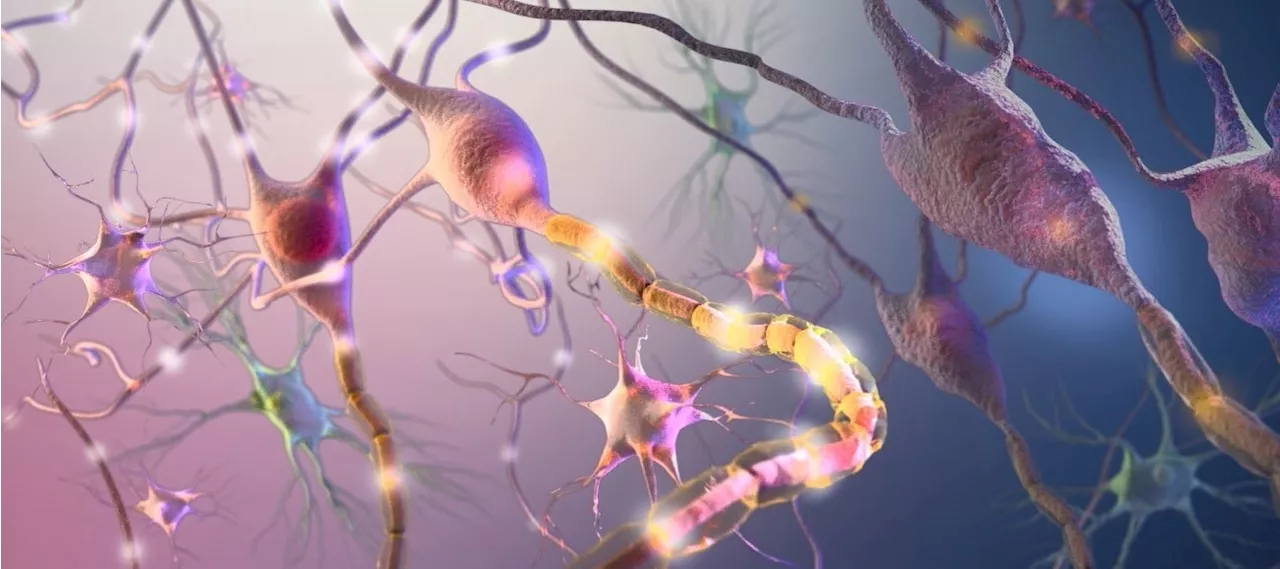This article talks about the complexities of neurological diseases and injuries and how real-time, live-cellanalysis can be used to unravel their complexities.
Sponsored Content by SartoriusJun 3 2024Reviewed by Olivia Frost Neurological disease pathophysiology and injury is incredibly complex and temporally dynamic. This offers an overwhelming challenge in developing and appropriately using physiologically relevant models in investigative research.
This information can improve comprehension of identifying therapeutic targets, disease etiology, and the characterization of drug mechanisms. In addition, there is a need to maintain cellular integrity during an experiment. Integrating real-time kinetic monitoring and cell health measures into experimental workflows can assist the development and interpretation of neurological disease models that are more biologically relevant. This technology better equips researchers to expand the web of neurological disease, expedite workflow, and help in the discovery and analysis of new therapeutics.
There remain considerations to address for in vitro cell lines, such as the need for homogeneity of an expandable cell line, cell synchronization to a post-mitotic state, and phenotypic evidence of a mature neuron.3 Furthermore, issues can occur with long-term cultures with increasing passage, including cell cross-contamination, selective pressures, misidentification, and genetic drift that can change cell health and function and confound the results.
Further studies attempted to optimize microglial culture by exploring three methods for their isolation from mouse brain: shaking, trypsinization, and MACS® sorting with CD11b microbeads.7 Systems for purifying and culturing retinal ganglion cells for in vitro use have been developed to study RGC and regenerative medicine applications.8 Incucyte® Neurotrack Analysis Software was utilized to analyze and measure neurite outgrowth of RGCs from 3D retinal organoids, unmasking an increase in neurite length over time, out to 90 h following plating.
This implies that miR-146a upregulation may disrupt normal transcription, potentially having an impact on cortical disorganization, neuron numbers, and dendritic spine density, which are noted in morphological changes in autism spectrum disorder . Neurite length and branch points were studied by measurement on human-induced pluripotent stem cells , where the crosslinking agent, genipin, was introduced to fibrin scaffolds.13 The genipin-crosslinked fibrin scaffolds had improved neurite outgrowth and offered more stability, with potential applications in 3D printing.
GDNF could be reversed or induced with doxycycline in human-induced pluripotent stem cells that were derivative of neural progenitors. Cas9 toxicity could potentially cause issues throughout engineering that involve clonal expansion, as P53 mutations may develop over time. This could cause problems when CRISPR/Cas9 is utilized in the production of hPSCs meant for cell replacement therapies.
In 2017, PAS clearance of large, pathological protein aggregates from the body was examined.19 The viability of mouse brain cells and lymph node cultures were measured throughout the interaction of PGPFs incubated with clusterin and 2-macroglobulin.Clusterin and 2-macroglobulin were bound to the PGPS to limit toxicity. This integrated analysis proposes that the plasminogen activation system, in conjunction with extracellular chaperone proteins, could enhance clearing of protein aggregates.
The migration rate of RhoA−/− T-cells was less quick than RhoA+/+ T-cell across the endothelial cell layer, similar to what is seen in the BBB , which can correspond to severity of the disease. Human IL-17c stood in as a neurotrophic cytokine through stimulation of neurite outgrowth and branching, reducing apoptosis, and providing a neuroprotective function throughout HSV reactivation.
The phagocytosis of myelin of the Schwann cell was measured utilizing the Incucyte® Live-Cell Analysis System. Two phagocytic receptors, Axl and Mertk were needed to clear the myelin debris, engaging both Schwann cell-mediated myelin clearance and autophagy. Identification of drug targets and therapeutic development Drug screening It is possible to refine neurological models through use of live-cell imaging and analysis, which can lead to improvements when choosing targets for drug screening.
Measurement baselines were recorded for the iNs, with a raise in neurite length and branch points measured using Incucyte® HD phase contrast imaging. This timeframe was also associated with rises in tau, GluA1, synapsin 1, synaptophysin 1, and PSD-95. The use of live-cell imaging and analysis to measure neurotoxicity and attenuation made this method more quantitative. This has potential for incorporation into the mathematical estimation of antibody levels needed to neutralize the toxic Aβ and possible dosing.
Identifying drug targets Live-cell imaging and analysis is useful in identifying drug targets for a range of other diseases, which emphasizes the impact of quantitative kinetic outputs. An investigation into reducing the abundance of cytotoxic defective protein from the HTT gene in Huntington’s disease showed that two positive modulators of mHTT, HIPK3 and MAPK11, would modulate HTT levels in vitro and in vivo.
A number of Incucyte® live-cell assays applications were used to research responsiveness to MW150 in a BV2, a murine microglial cell line, including proliferation , migration, phagocytosis of BV2 cells and their response to MW150.35 Cells treated with Aβ1-42 + SST demonstrated a dose-dependent lowering of Caspase-3/7 in comparison to cells treated with just Aβ1-42, suggesting drug inhibition on caspase activity as a mechanism. Patient-specific, in vitro models of microglia-mediated synapse and neural progenitor cell engulfment have also been created to explore the contributions of C4 in microglia-mediated pruning.37
Resources and further reading Introduction Neurological disease model development and refinement Neurological disease mechanisms and pathology Neuroinflammation Nervous system injury Identification of drug targets and therapeutic development About Sartorius Sartorius is a leading international pharmaceutical and laboratory equipment supplier.
United Kingdom Latest News, United Kingdom Headlines
Similar News:You can also read news stories similar to this one that we have collected from other news sources.
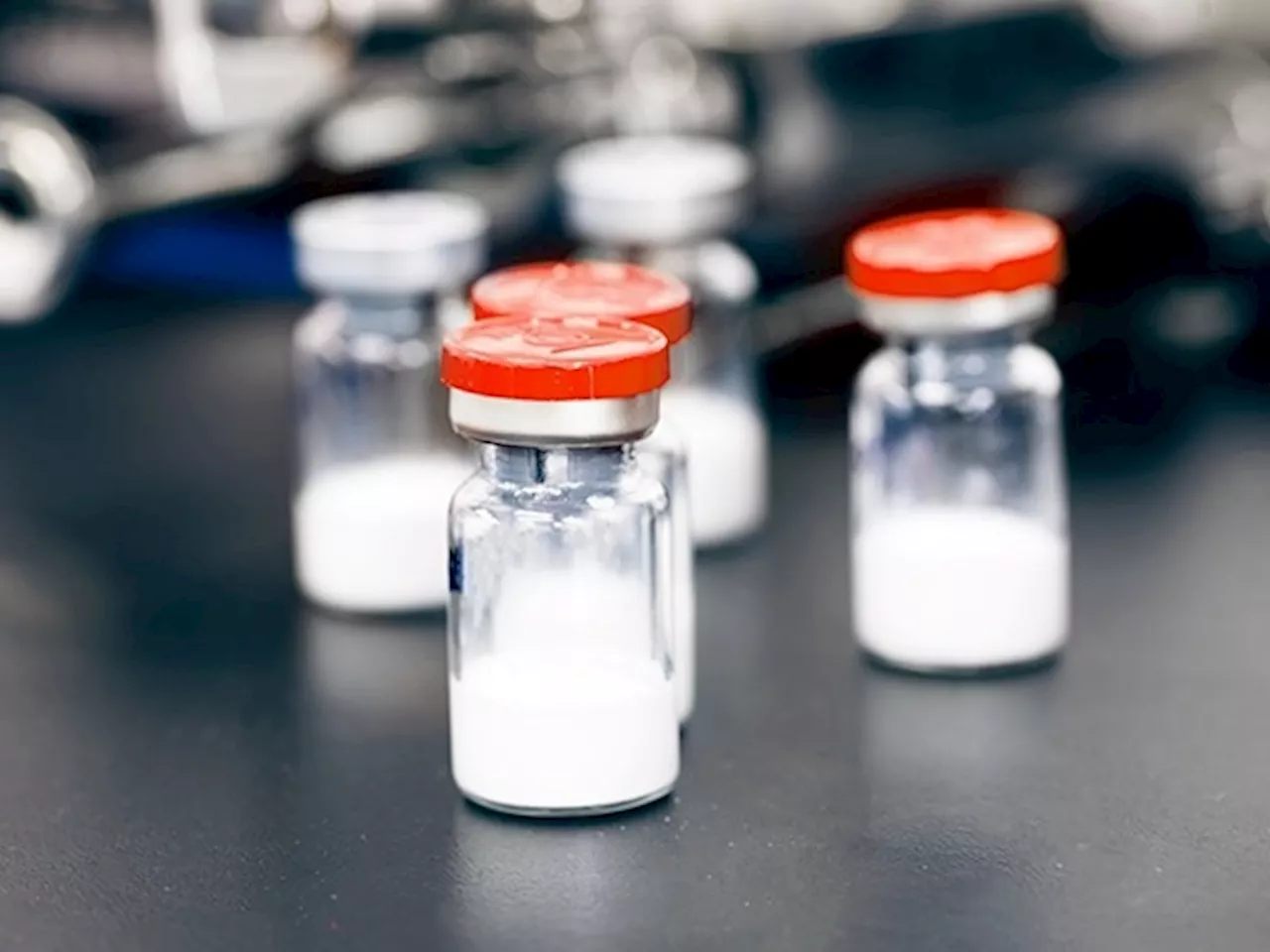 Research on pharmaceutical microspheres: Latest advancements and applicationsThis article talks about the latest research on pharmaceutical microsphere development, testing andstorage stability. It also discusses novel techniques like microsponge technology and its applications inareas such as oncology.
Research on pharmaceutical microspheres: Latest advancements and applicationsThis article talks about the latest research on pharmaceutical microsphere development, testing andstorage stability. It also discusses novel techniques like microsponge technology and its applications inareas such as oncology.
Read more »
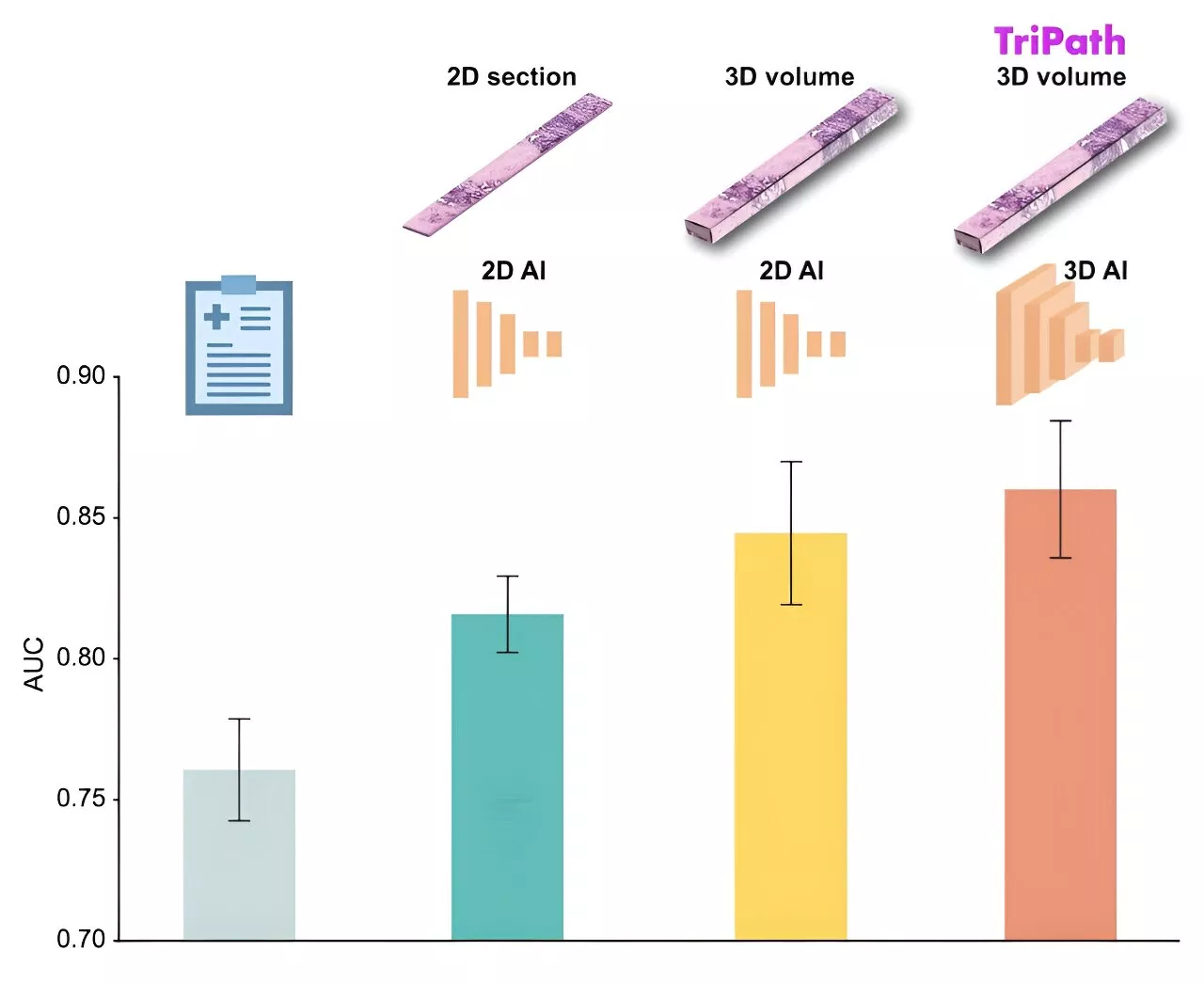 AI advancements make the leap into 3D pathology possibleHuman tissue is intricate, complex and, of course, three dimensional. But the thin slices of tissue that pathologists most often use to diagnose disease are two dimensional, offering only a limited glimpse at the tissue's true complexity. There is a growing push in the field of pathology toward examining tissue in its three-dimensional form.
AI advancements make the leap into 3D pathology possibleHuman tissue is intricate, complex and, of course, three dimensional. But the thin slices of tissue that pathologists most often use to diagnose disease are two dimensional, offering only a limited glimpse at the tissue's true complexity. There is a growing push in the field of pathology toward examining tissue in its three-dimensional form.
Read more »
 Advancements in cancer therapy: The revolutionary role of antibody-drug conjugatesThis article explores the innovative approach of Antibody-Drug Conjugates (ADCs) in cancer therapy, highlighting their targeted delivery of cytotoxic drugs to cancer cells.
Advancements in cancer therapy: The revolutionary role of antibody-drug conjugatesThis article explores the innovative approach of Antibody-Drug Conjugates (ADCs) in cancer therapy, highlighting their targeted delivery of cytotoxic drugs to cancer cells.
Read more »
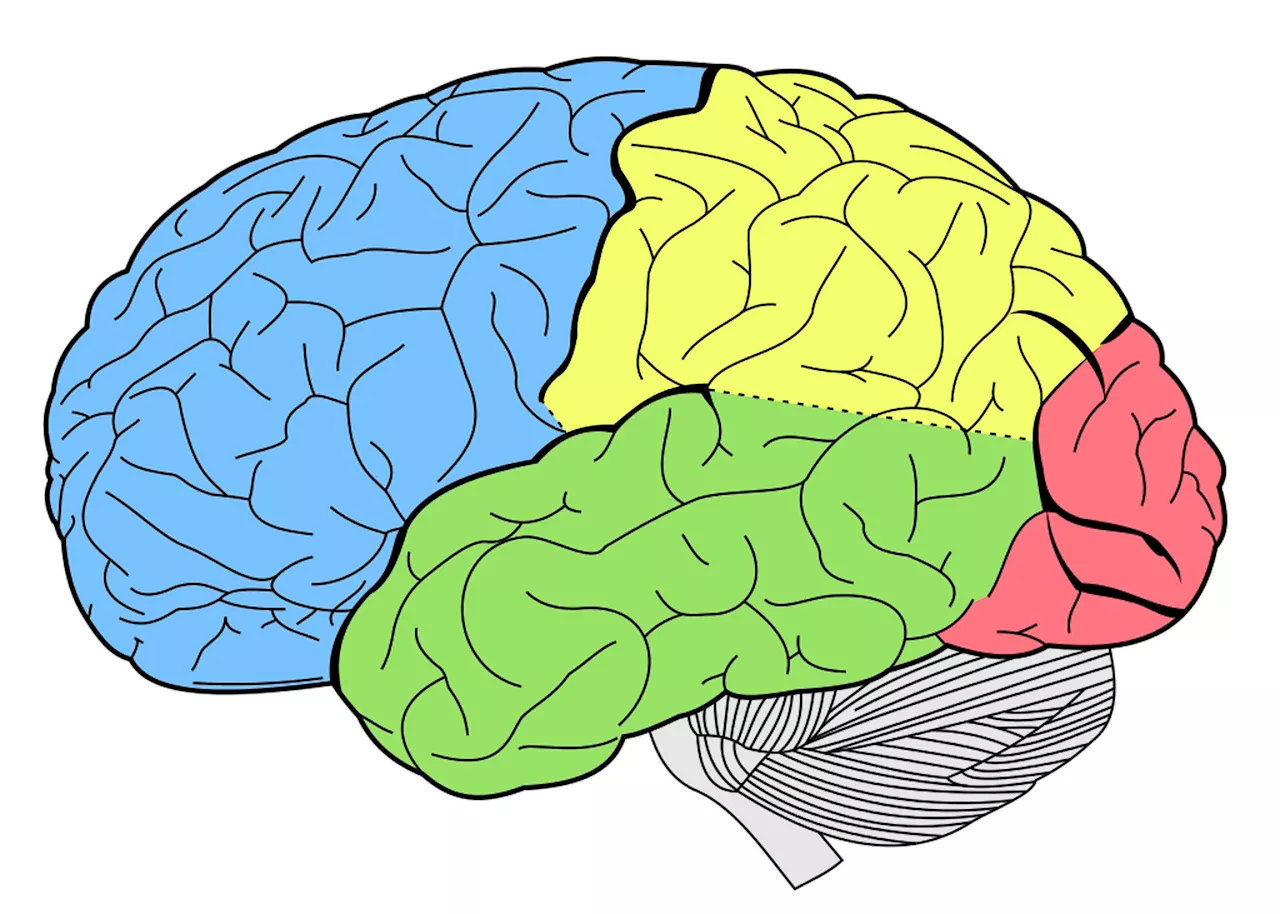 Motivated by lack of diversity in neurological studies, scientists look to ensure equity in brain researchScientists seeking to counter the neglect of African Americans in neuroscience research have found evidence that genetic ancestry is responsible for the increased prevalence of certain neurological disorders, such as Alzheimer's disease and stroke, and decreased prevalence of others, including Parkinson's disease, in Black Americans, according to...
Motivated by lack of diversity in neurological studies, scientists look to ensure equity in brain researchScientists seeking to counter the neglect of African Americans in neuroscience research have found evidence that genetic ancestry is responsible for the increased prevalence of certain neurological disorders, such as Alzheimer's disease and stroke, and decreased prevalence of others, including Parkinson's disease, in Black Americans, according to...
Read more »
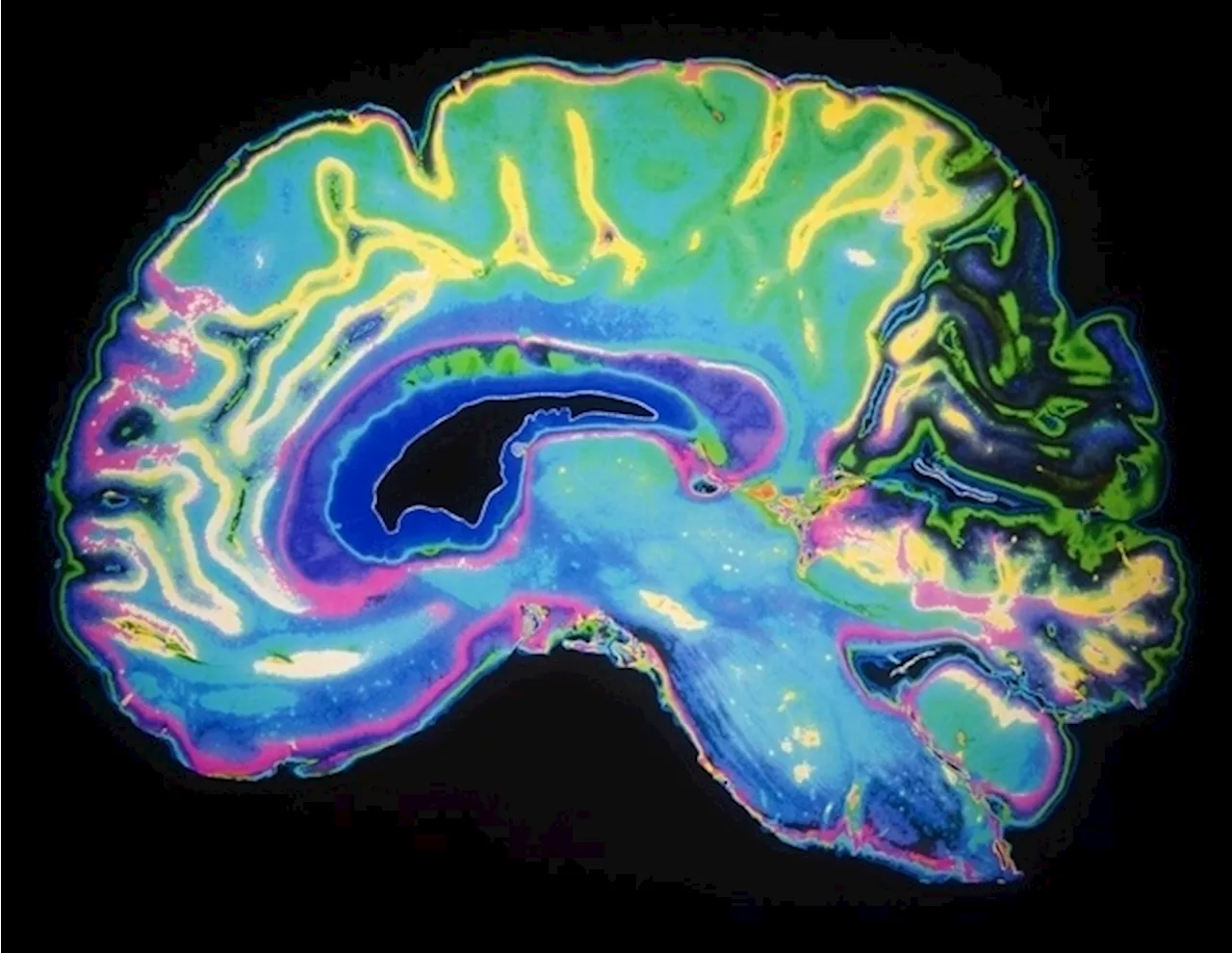 New CRISPR screen method reveals cellular drivers of neurological disordersThe brain is often referred to as a 'black box'-;one that's difficult to peer inside and determine what's happening at any given moment.
New CRISPR screen method reveals cellular drivers of neurological disordersThe brain is often referred to as a 'black box'-;one that's difficult to peer inside and determine what's happening at any given moment.
Read more »
 Patients with neurological disease are likelier to die after COVID, finds studyPeople with neurological disease have a greater chance of death after contracting COVID-19, according to a new University of Alberta study. The research also confirms a higher risk of developing new neurological disorders after COVID infection.
Patients with neurological disease are likelier to die after COVID, finds studyPeople with neurological disease have a greater chance of death after contracting COVID-19, according to a new University of Alberta study. The research also confirms a higher risk of developing new neurological disorders after COVID infection.
Read more »
